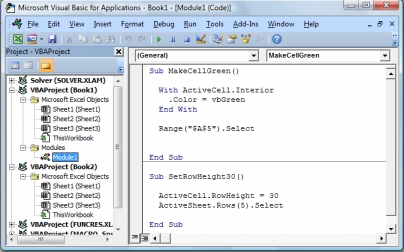

It may be necessary to include file handling procedures to prevent overwriting existing documents and handle errors. If a PDF already exists in the save location specified, it will be overwritten.pdf file extension is not provided, the suffix is added automatically. Where a file name is provided, but not a file path, the document saves in your default folder location with the name provided.If the Filename property is not provided, the PDF saves in your default folder location using the Excel workbook’s name with the.While the Filename property is optional, it is important if we want to know where the file has been saved and what it’s called. 'Alternative using the active chart 'Set cht = ActiveChart 'Save a chart as PDFĬht.ExportAsFixedFormat Type:=xlTypePDF, _ Set cht = Sheets("Sheet3").ChartObjects("Chart 1").Chart 'Create and assign variables Dim saveLocation As String Dim cht As Chart The VBA code below saves a specified chart as a PDF. Rng.ExportAsFixedFormat Type:=xlTypePDF, _ 'Create and assign variables Dim saveLocation As String Dim rng As Range

The macro below saves a specified range as a PDF. Selection.ExportAsFixedFormat Type:=xlTypePDF, _

The following code saves only the selected cells. Sometimes, we only want to save a small part of a worksheet to a PDF. Sub SaveActiveWorkbookAsPDF()ĪctiveWorkbook.ExportAsFixedFormat Type:=xlTypePDF, _ To save all the sheets from a workbook use the following macro. SaveLocation = "C:\Users\marks\OneDrive\Documents\myPDFFile.pdf"ĪctiveSheet.ExportAsFixedFormat Type:=xlTypePDF, _ 'Create and assign variables Dim saveLocation As String The following code saves the selected sheets as a single PDF. From a VBA perspective, it is the ExportAsFilxedFormat method combined with the Type property set to xlTypePDF that creates a PDF. This section contains the base code to save Excel as PDF from different objects (workbooks, worksheets, ranges and charts).


 0 kommentar(er)
0 kommentar(er)
